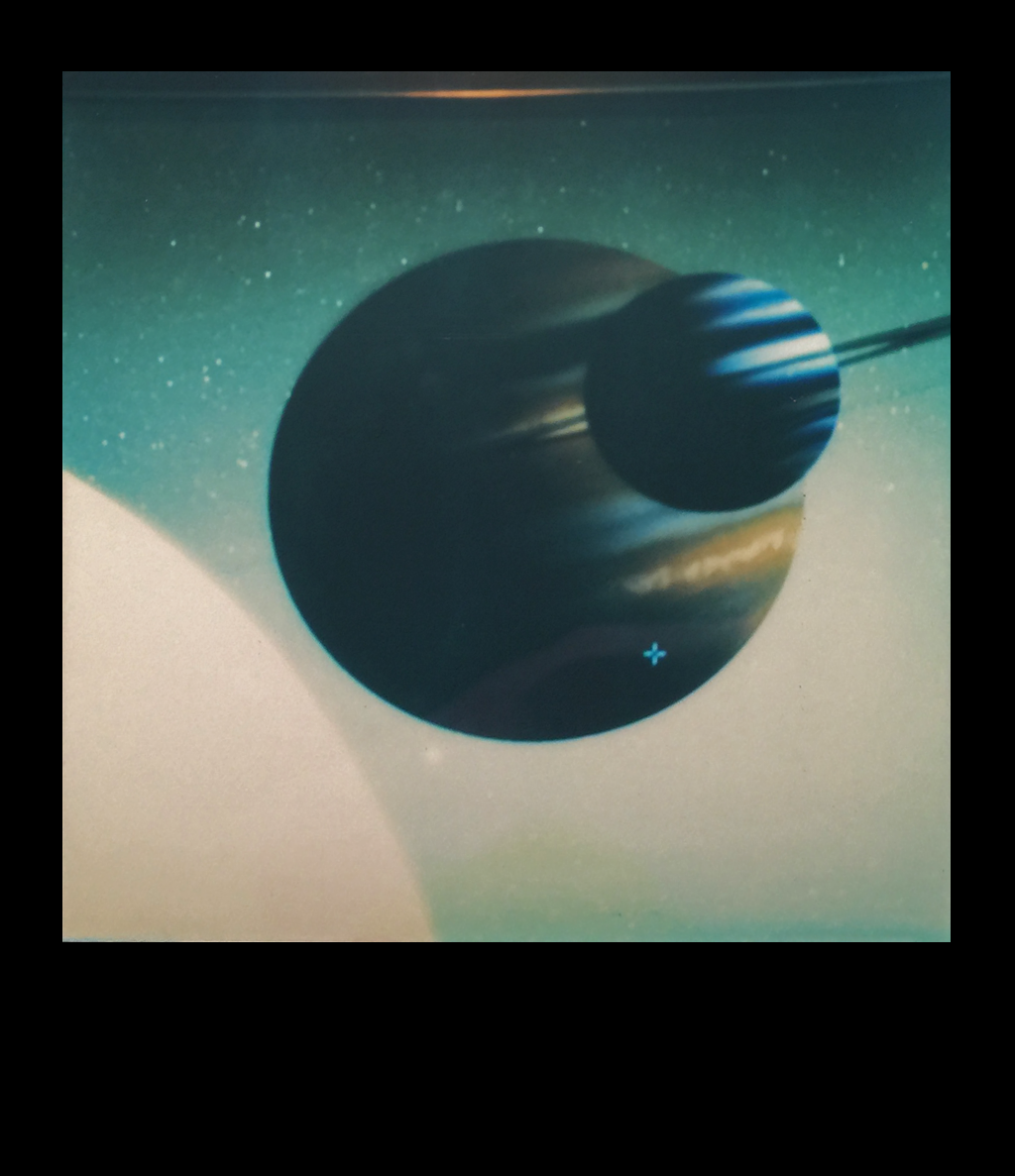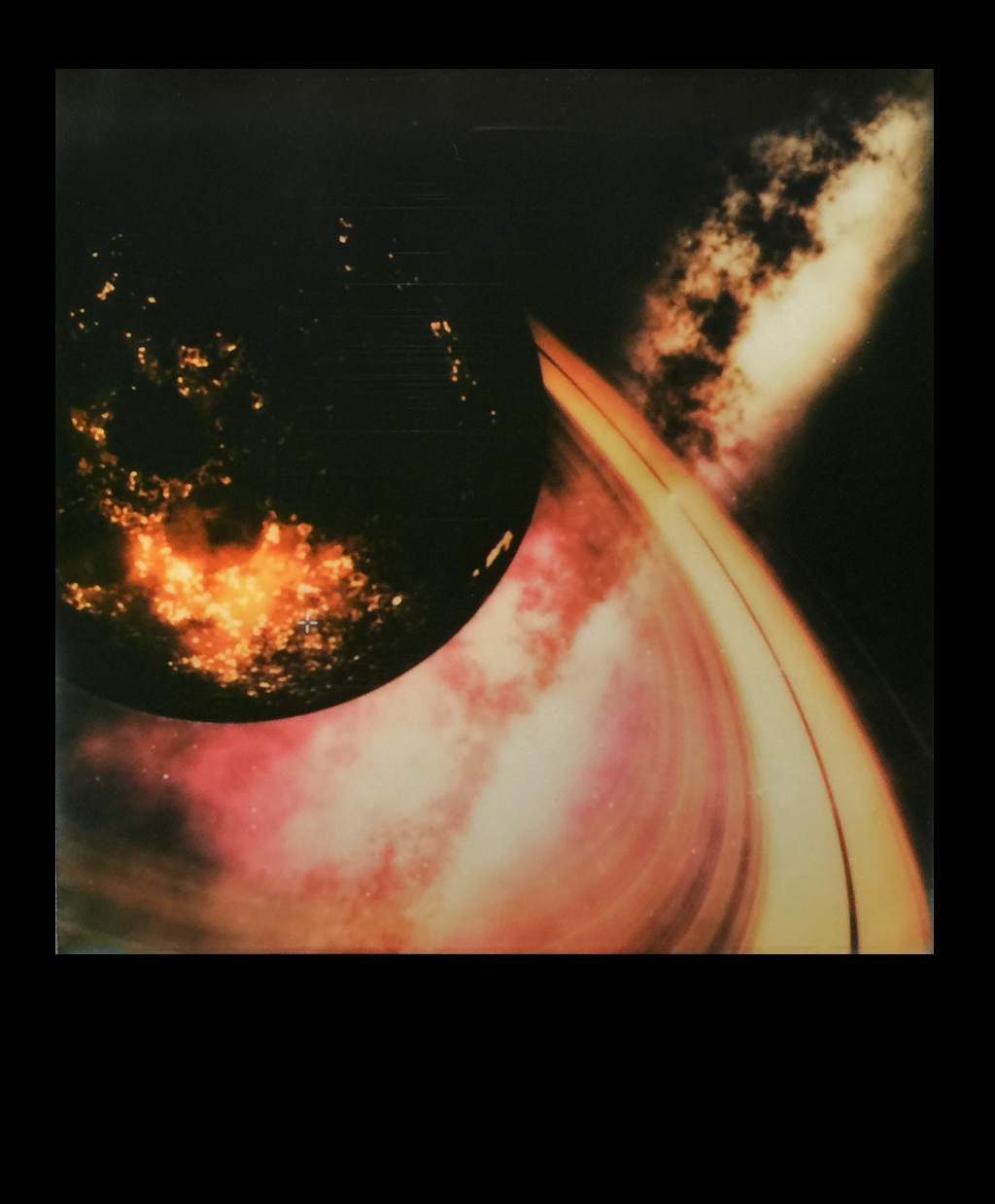- Thích Nhất Hạnh (1926 - 2022)
The Heart of Understanding
Postscript. As is likely obvious to even casual visitors to my humble blog during the last week, I am currently immersed in the world of cymatics (although my wife thinks of it as more of an obsession). "Cymatics" refers to the study of sound and vibration; specifically, when the two are combined in a way that creates complex patterns in different media such as sand, water, or - what Swiss physician Hans Jenny (who coined the term) liked to use - corn starch in water. For example, if a metal plate is covered with a thin layer of flour or sand and is made to vibrate at specific frequencies, so-called standing-wave Chladni patterns appear in which the flour or sand collects along "nodes" (i.e., lines or points that undergo minimal vibration), while areas that undergo the greatest motion (i.e., the "anti nodes") are effectively left empty as the vibration pushes the flour or sand away. Chladni patterns are named after physicist Ernst Chladni who performed the first such experiments in the late 1700s.
I thank my left-brain/day-job as a physicist for introducing me to cymatics in the late 1990s when I stumbled across this paper describing what (at the time, were never before seriously studied) complex emergent patterns in vibrating layers of small granular media (e.g., cylinders filled with BBs from a toy shotgun). One line from this paper immediately grabbed my attention when I first read it and that still haunts me (both as physicist and photographer): "These excitations [called "oscillons"] have a propensity to assemble into 'molecular' and 'crystalline' structures." I remember musing, Whoa!, pump energy into an otherwise static structureless pile of 'things' and get self-organized geometric patterns?!? It was during my (absurdly slow, pre-Google days) search for related experiments that I discovered Jenny's work on cymatics, the underlying dynamics of which has a far-from-superficial overlap with the physics of oscillons.
So, having known about cymatics for about 25 years - and having even posted about it briefly in 2006 on this same blog! - why has it taken me so long to photograph it? I have no easy answer to that, just as I cannot explain why I never photographed my dad-working-as-an-art-restorer when he was still alive, which is something that - 23 years after his passing - I now profoundly regret (see Postscript 1 in this post from 2010). The creative process and the muse that guides our path are both mysterious and ultimately unknowable, which is as it should be. So, I'll leave it at that. But, whatever the reason(s) for my flurry of recent purchases of frequency generators, vertical vibration generators, lights, and more plates, goblets and petri dishes than any sane photographer has reason to own (and our kitchen cupboards have room for), I am - at the moment (and for the foreseeable future) - completely and utterly "obsessed" with cymatics. The reason is simple enough to state: cymatics is a quintessentially perfect amalgam of all three of my aesthetic and intellectual passions - physics, photography, and mysticism.
The first two separately play obviously critical roles. The physicist-side of my brain is giddy over the vast phase space waiting to be explored: vibration frequency + medium (type + mix type) + vessel (type + diameter + depth) + ... And the photographer side is not too far behind: light (type + source(s) + directionality) + angle-of-view + f-stop + exposure time + ... But it is the idea of "cymatics as creative bridge" between seen and unseen, between energy and pattern, and between physical and spiritual that I resonate most deeply with, and is most ripe with creative possibilities. (For example, it has not escaped my attention that, in a "mystical" sort of way, the energy that the universe ineffably pumps into an otherwise structureless bag full of 'elemental things' gives rise to an emergent multidimensional dynamic cymatic-like sentient geometry called "Andy")
Since I've only started exploring the cymatics-scape universe, I have no idea what patterns await to be discovered and/or how long the search will keep my interest. But, given that I'm still looking for synesth-scapes after being mesmerized by reflective patterns in my mother-in-law's Nambe-like metal salt and pepper shakers in 2009, cymatics may take a while 😊
For those still reading this, here is a link to a newly revised version of Hans Jenny's opus, Cymatics: A Study of Wave Phenomenon and Vibration. This version includes both volumes of the original work, as well as new chapters that include a biographical sketch of Hans Jenny, a non-technical primer on the physics of cymatics, and commentaries by researchers, sound therapists, designers, and artists. Indeed, I strongly recommend perusing the entire CymaticSource website, since it is a veritable storehouse of additional information, books and videos. (I am not affiliated with this website in any way. But, having recently purchased the aforementioned reprint of Jenny's revised Cymatics volume, I can personally attest to its quality - it is a stunningly beautiful book.)













